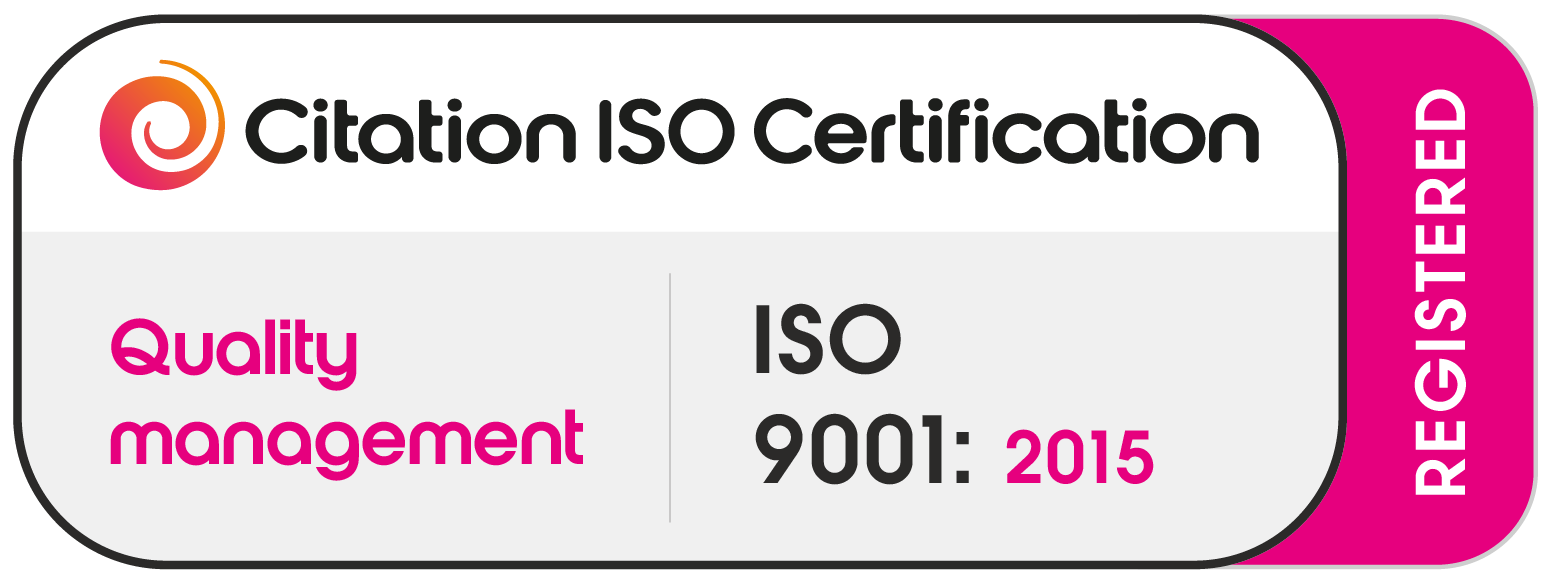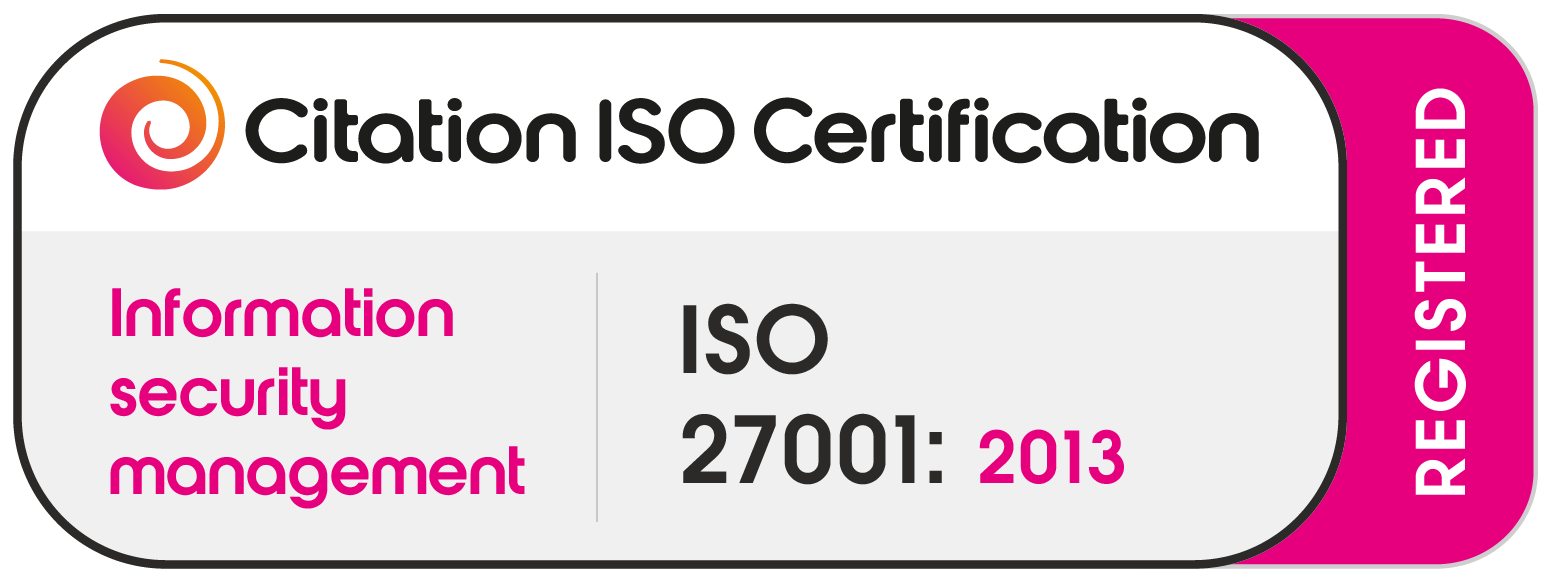A Shift in the Last 6–12 Months
M&A Technology Integrations are changing fast, playbooks are out and thinking on your feet is in. In the past few months, we’ve noticed a pattern: smaller firms being acquired by strategic buyers are arriving at the table with increasingly complex back-office environments.
What used to be a relatively straightforward CRM-to-Accounts Payable flow has morphed into a tangled web of integrations, automations, and AI-driven tools. Historically, larger firms would run ERPs; smaller ones would have a lightweight CRM, some spreadsheets, and off-the-shelf finance tools. Mapping the systems was simple. Migration was manageable.
Not anymore.
What We’re Seeing Now
Smaller companies—especially high-growth, high-margin ones—are arriving with deeply integrated, highly automated tech stacks. Moving them into a corporate environment isn’t just a lift-and-shift. It’s unpicking a complex, interdependent machine.
Take something as simple as migrating finance from Xero to a group NetSuite instance. In theory, that’s straightforward. In reality, you’re unravelling interconnected platforms that link finance, ops, sales, customer onboarding, and even customer engagement. And they’re often built by internal champions who aren’t ready to give them up.
The tech diagrams we create now aren’t traditional stacks. They’re cat’s cradles—dense with connections, reliant on APIs, and full of invisible business logic living in low-code and AI platforms.
Most of our observations are related to order-to-cash systems, the mechanism to get paid:
Why This Is Happening: Two Key Drivers
1. AI Tools Empowering Business Users to build Back Office IT
Low-cost, SaaS-based AI tools are being adopted rapidly—particularly by sales and marketing teams. These tools integrate directly into the back office, often without central oversight. They accelerate outbound, enhance lead qualification, and support content creation and analytics.
Some examples:
- Apollo.io – Sales intelligence and outreach automation
- Lavender – Real-time AI feedback for sales emails
- Regie.ai – AI-powered prospecting workflows
- Fireflies.ai – Conversation intelligence from meetings
- Clay – Prospect enrichment and outreach automation
Each one may be minor in isolation—but together, they form a crucial part of the revenue engine.
2. Low-Code Platforms Driving Automation at the Edge
Low-code tools are enabling business users—not IT—to build and connect workflows. Unlike previous generations of shadow IT (remember Business Objects in the 90s?), today’s platforms are:
- Often officially sanctioned (e.g. Microsoft Power Platform)
- Embedded in core processes (e.g. sales ops, customer onboarding)
- Modular, integrated, and AI-enabled
Examples include:
- Microsoft PowerApps – Custom business apps that connect across systems
- Zapier / Make.com – Trigger-based process automation
- UiPath – RPA with AI components
- Notion AI – Blending docs, tasks, and knowledge base logic
And crucially: these are usually licensed per department, not centrally controlled.
Why This Matters to Buyers
Strategic buyers are drawn to these firms because of strong growth, smart products, and solid P&Ls. But under the hood, many are running bespoke, distributed, and fast-moving operational stacks.
During post-merger discovery and design phases, we’re seeing significant risks:
- Change breaks performance – Teams built their workflows for speed; they resist group-standard tools.
- Earn-outs tied to EBITDA – Founders and team leads won’t want to risk performance disruption. You’ll get pushback on integration.
- Corporate IT is often misaligned – Attempts to “standardise” can cause real operational drag.
A Strategic Shift: From Integration to Federation
We’re now seeing acquirers move away from forced integration and toward federated operating models—especially in high-growth targets.
Instead of centralising every platform, buyers are asking:
- What must be integrated?
- What can remain independent?
- Where do we put boundaries and guardrails rather than rebuild?
This doesn’t mean “no integration.” It means smart, intentional integration—aligned with the commercial outcomes of the deal and the realities of how these teams operate.
Back Office IT is changing fast
The back office has become strategic. It’s no longer an afterthought or IT clean-up job. For buyers, understanding and respecting these new tech patterns isn’t just operationally important—it’s directly tied to deal value.
If your integration plan doesn’t match the way the acquired firm actually works, you’re not buying a rocket ship. You’re grounding it.
Follow-up questions:
- Could federated models be a default assumption for post-merger integration in high-growth firms?
- How do we quantify the risk of breaking automation during DD to reflect it in the deal model?
- Should buyers start assessing business-user-built workflows with the same rigour as core systems?







